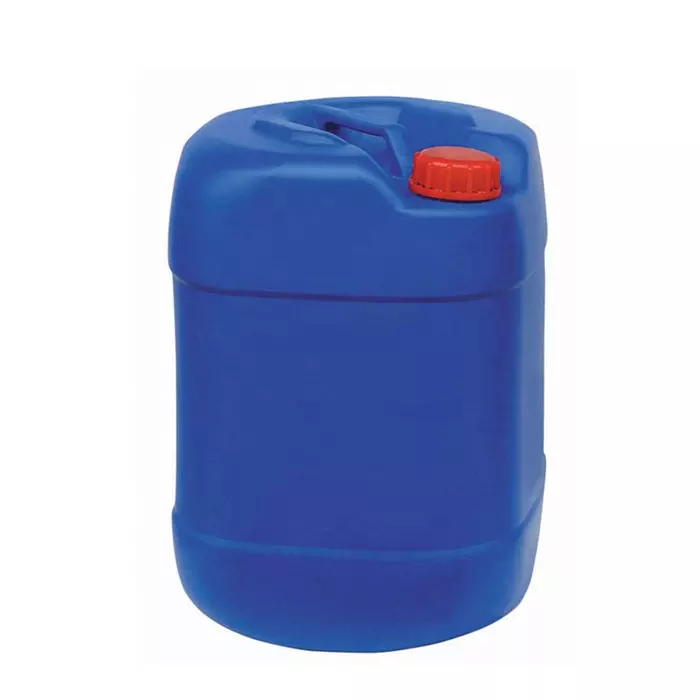
Silicone materials are widely used in various industries, including automotive, construction, electronics, and personal care, due to their unique properties such as thermal stability, chemical resistance, and flexibility. The curing process of silicone materials plays a crucial role in determining their final properties and performance. Silicone curing catalysts are essential components in this process, as they control the rate and extent of cross-linking reactions, ultimately influencing the characteristics of the cured silicone product. This article will discuss the role of silicone curing catalysts, their types, and their impact on the properties and applications of silicone materials.
Role of Silicone Curing Catalysts
Silicone curing catalysts are substances that initiate or accelerate the cross-linking reactions between silicone polymers, leading to the formation of a three-dimensional network. This network provides the cured silicone material with its desired properties, such as elasticity, durability, and resistance to heat and chemicals. The choice of curing catalyst significantly affects the curing rate, the degree of cross-linking, and the final properties of the silicone product.
Types of Silicone Curing Catalysts
There are several types of silicone curing catalysts, each with its unique characteristics and applications. The most common catalysts include:
Platinum-based catalysts: Platinum-based catalysts, such as chloroplatinic acid and platinum divinyltetramethyldisiloxane complex, are widely used in addition-cure silicone systems. These catalysts promote the cross-linking reaction between silicone polymers containing vinyl and hydride groups, resulting in a highly stable and durable network. Platinum-based catalysts are known for their high reactivity, low toxicity, and minimal impact on the final product’s color and odor.
Condensation catalysts: Condensation catalysts are used in condensation-cure silicone systems, where they promote the reaction between silanol groups on silicone polymers, leading to the formation of siloxane bonds and the release of a byproduct, usually water or alcohol. Common condensation catalysts include metal salts, such as tin octoate and dibutyltin dilaurate, and organic acids, such as acetic acid and oxalic acid. Condensation catalysts are generally less expensive than platinum-based catalysts but may have a more significant impact on the final product’s color and odor.
Peroxide catalysts: Peroxide catalysts, such as benzoyl peroxide and dicumyl peroxide, are used in free-radical cure silicone systems. These catalysts generate free radicals when heated, initiating the cross-linking reaction between silicone polymers. Peroxide catalysts are typically used in high-temperature applications, such as mold-making and encapsulation, where rapid curing and high thermal stability are required.
Impact of Silicone Curing Catalysts on Properties and Applications
The choice of silicone curing catalyst significantly influences the properties and performance of the cured silicone material. For example, platinum-based catalysts are often preferred for applications requiring high stability, low toxicity, and minimal color change, such as medical devices, food-grade silicone, and electronic components. On the other hand, condensation catalysts are commonly used in applications where cost is a primary concern, such as sealants, adhesives, and coatings.
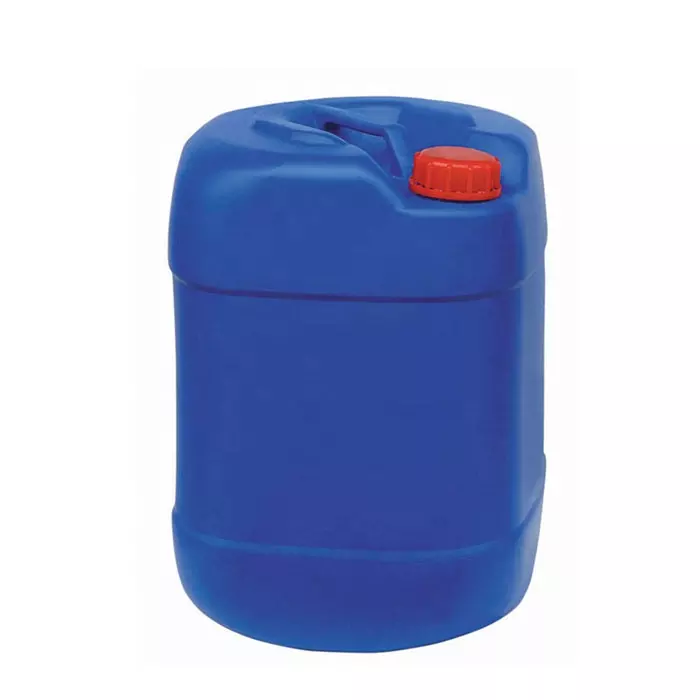

In addition to affecting the final properties of the silicone material, curing catalysts also play a crucial role in determining the processing conditions and curing time. For instance, peroxide catalysts enable rapid curing at elevated temperatures, making them suitable for high-throughput manufacturing processes. In contrast, platinum-based and condensation catalysts typically require longer curing times, which may be more appropriate for applications where precise control over the curing process is necessary.
In conclusion, silicone curing catalysts are essential components in the production of silicone materials, as they control the cross-linking reactions that determine the final properties and performance of the cured product. The choice of curing catalyst depends on the specific application requirements, with platinum-based, condensation, and peroxide catalysts offering unique advantages and trade-offs. As the demand for silicone materials continues to grow across various industries, the development and optimization of silicone curing catalysts will remain a critical area of research and innovation.
Recommended Related Reading:
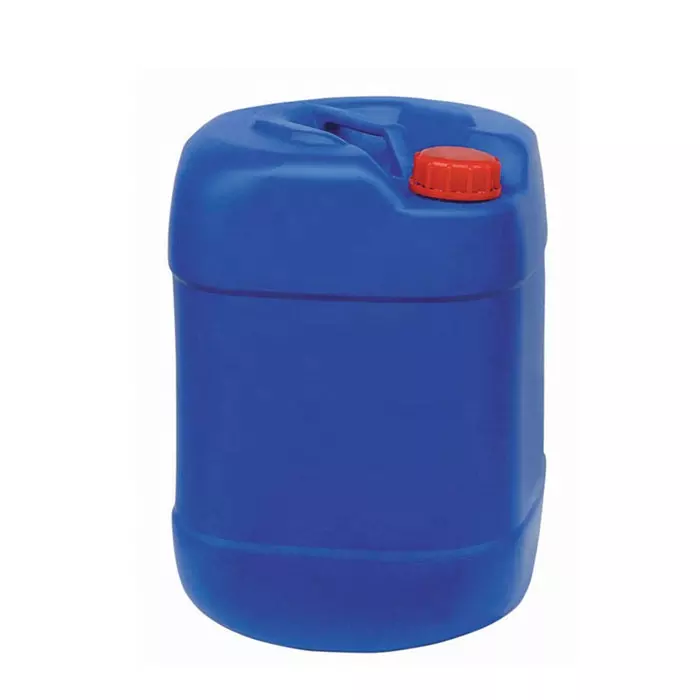
Rigid polyurethane (PUR) foam is a versatile, lightweight, and high-performance insulation material used in various applications, including building and construction, refrigeration, and transportation. Known for its excellent thermal insulation properties, rigid polyurethane foam has become an essential component in energy-efficient and sustainable building designs. This article will discuss the properties, production, and applications of rigid polyurethane foam, highlighting its role in promoting energy efficiency and sustainability.
Properties of Rigid Polyurethane Foam
Rigid polyurethane foam is characterized by its closed-cell structure, which provides excellent thermal insulation, low air permeability, and high dimensional stability. The insulation properties of rigid PUR foam are primarily attributed to the presence of low-conductivity gas, such as air or carbon dioxide, within the cells. The closed-cell structure also prevents moisture infiltration, ensuring the foam’s long-term performance and resistance to mold and mildew growth.
The thermal conductivity of rigid polyurethane foam typically ranges from 0.018 to 0.025 W/mK, making it one of the most efficient insulation materials available. Additionally, rigid PUR foam exhibits excellent mechanical properties, such as high compressive strength and stiffness, which enable its use in load-bearing applications.
Production of Rigid Polyurethane Foam
Rigid polyurethane foam is produced through a reaction between polyols and isocyanates, in the presence of blowing agents, catalysts, and other additives. The reaction forms a polymer network, with the blowing agent responsible for creating the foam’s closed-cell structure.
Traditionally, hydrochlorofluorocarbons (HCFCs) and hydrofluorocarbons (HFCs) have been used as blowing agents in the production of rigid PUR foam. However, due to their high global warming potential (GWP) and ozone-depleting properties, there is a growing shift towards more environmentally friendly alternatives, such as hydrofoams and low-GWP blowing agents.
Applications of Rigid Polyurethane Foam
Rigid polyurethane foam is widely used in various applications, with building and construction being the most significant market segment. In buildings, rigid PUR foam is employed as insulation for roofs, walls, and floors, contributing to improved energy efficiency and indoor comfort. Its high thermal performance and space-saving characteristics make it an ideal choice for both new constructions and retrofit projects.
In addition to building insulation, rigid polyurethane foam is used in refrigeration applications, such as insulation for refrigerators, freezers, and cold storage facilities. The foam’s excellent thermal insulation properties help maintain consistent temperatures and reduce energy consumption in these applications.
Rigid PUR foam is also utilized in the transportation industry, where it serves as insulation for vehicles, ships, and aircraft. The lightweight nature of rigid polyurethane foam contributes to fuel savings and reduced greenhouse gas emissions in transportation applications.
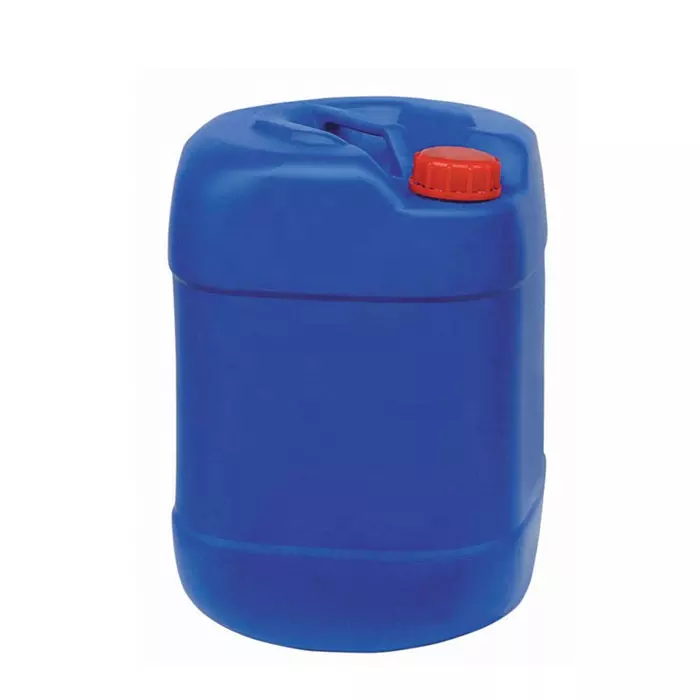

Sustainability and Environmental Impact
Rigid polyurethane foam plays a crucial role in promoting energy efficiency and sustainability, thanks to its exceptional insulation properties. By reducing heating and cooling energy consumption in buildings, refrigeration, and transportation, rigid PUR foam contributes to lower greenhouse gas emissions and energy costs.
Moreover, the use of environmentally friendly blowing agents and recycling initiatives for polyurethane waste further enhance the sustainability of rigid PUR foam. Efforts are underway to develop bio-based polyols and other renewable raw materials for the production of rigid polyurethane foam, which could significantly reduce its carbon footprint and dependence on fossil fuels.
In conclusion, rigid polyurethane foam is a high-performance insulation material with a wide range of applications in building and construction, refrigeration, and transportation. Its excellent thermal insulation properties, combined with its lightweight and durable nature, make it an essential component in energy-efficient and sustainable building designs. As the industry continues to adopt more environmentally friendly production methods and materials, the sustainability of rigid polyurethane foam is set to improve further, solidifying its position as a key contributor to a greener future.
Recommended Related Reading:
https://www.bdmaee.net/toyocat-dmi-gel-catalyst-tosoh/
https://www.bdmaee.net/toyocat-dt-strong-foaming-catalyst-pentamethyldiethylenetriamine-tosoh/
https://www.bdmaee.net/toyocat-et-catalyst-tosoh/
https://www.bdmaee.net/toyocat-ets-foaming-catalyst-tosoh/
https://www.bdmaee.net/toyocat-mr-gel-balanced-catalyst-tetramethylhexamethylenediamine-tosoh/
https://www.bdmaee.net/toyocat-np-catalyst-tosoh/https://www.bdmaee.net/toyocat-pma-tertiary-amine-catalyst-tosoh/
https://www.bdmaee.net/toyocat-rx3-organic-amine-catalyst-tosoh/
https://www.bdmaee.net/toyocat-rx5-catalyst-trimethylhydroxyethyl-ethylenediamine-tosoh/
https://www.bdmaee.net/toyocat-te-tertiary-amine-catalyst-tosoh/
https://www.bdmaee.net/toyocat-trc-catalyst-tosoh/
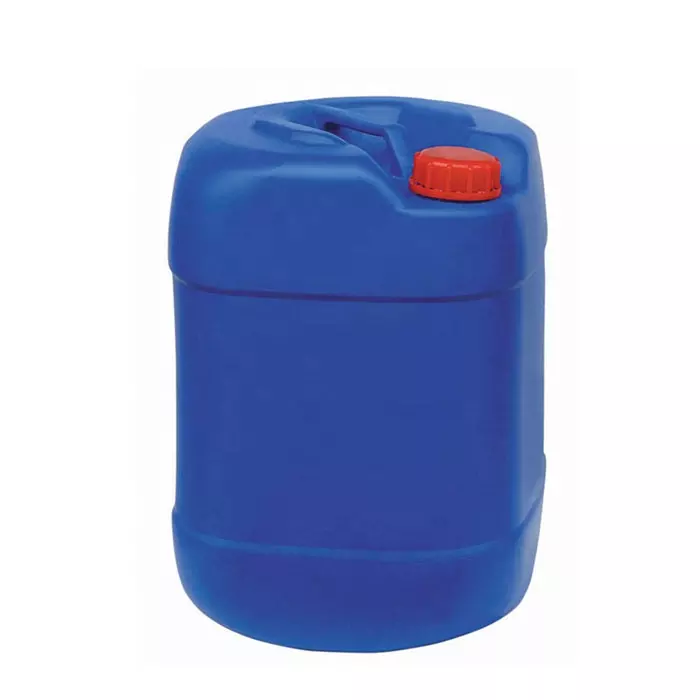
Polyvinyl chloride (PVC) is a widely used thermoplastic polymer, valued for its versatility, durability, and cost-effectiveness. However, PVC is susceptible to degradation when exposed to heat during processing or in high-temperature applications. This degradation can lead to discoloration, loss of mechanical properties, and the release of harmful hydrogen chloride gas. To overcome these challenges, PVC heat stabilizers are employed to enhance the thermal stability and performance of the polymer. This essay will discuss the role of PVC heat stabilizers, their types, and their impact on the properties of PVC products.
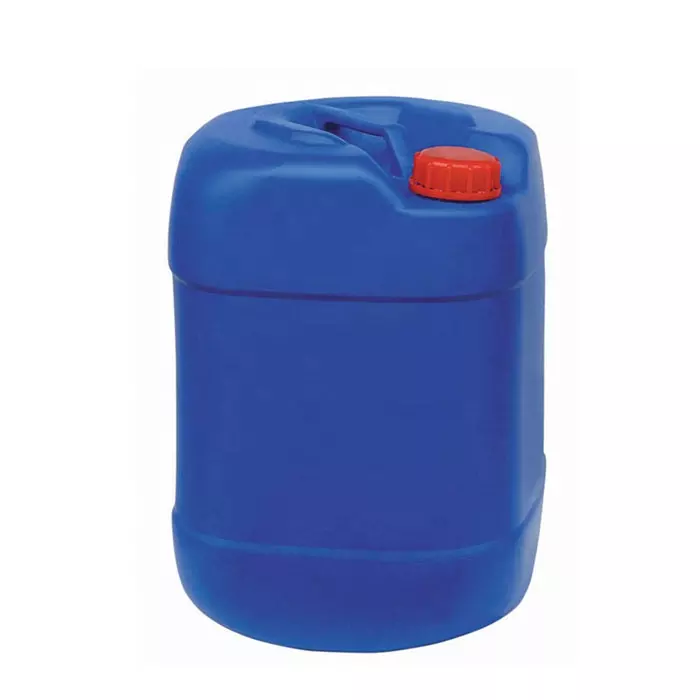

PVC heat stabilizers are additives that prevent or minimize the degradation of PVC during processing or in high-temperature applications. They work by either scavenging the hydrogen chloride (HCl) released during degradation or by promoting the formation of cross-links between PVC chains, which improves the polymer’s thermal stability. The choice of heat stabilizer depends on the specific PVC application, processing conditions, and desired product properties.
There are several types of PVC heat stabilizers, including metal soaps, organotin compounds, epoxy-based stabilizers, and mixed metal stabilizers.
Metal soaps: Metal soaps, such as calcium and zinc stearates, are the most commonly used PVC heat stabilizers. They act as HCl scavengers, reacting with the released HCl to form stable metal chlorides. Metal soaps are cost-effective and provide good thermal stability, but they may have limited performance in high-temperature applications or when exposed to moisture.
Organotin compounds: Organotin stabilizers, such as dibutyltin maleate and dibutyltin laurate, are highly effective in promoting the thermal stability of PVC. They work by both scavenging HCl and promoting cross-linking between PVC chains. Organotin stabilizers are particularly suitable for applications that require excellent transparency, electrical properties, and long-term heat resistance. However, their use is being phased out due to environmental and health concerns.
Epoxy-based stabilizers: Epoxy-based stabilizers, such as epoxy resins and epoxidized vegetable oils, are used in combination with metal soaps or other stabilizers to enhance the thermal stability of PVC. They work by reacting with the HCl released during degradation and forming cross-links between PVC chains. Epoxy-based stabilizers are particularly effective in improving the heat stability of PVC in high-temperature applications and in the presence of moisture.
Mixed metal stabilizers: Mixed metal stabilizers, such as calcium-zinc and barium-zinc systems, are a newer generation of PVC heat stabilizers. They offer several advantages over traditional stabilizers, including improved thermal stability, reduced environmental impact, and better performance in specific applications. For example, calcium-zinc stabilizers are widely used in PVC pipes, window profiles, and cable insulation due to their excellent long-term heat resistance and low extractability.
The choice of PVC heat stabilizer has a significant impact on the properties and performance of the final product. For instance, the type and concentration of stabilizer used can influence the polymer’s thermal stability, color, mechanical properties, and resistance to weathering. Therefore, it is crucial to carefully select and optimize the stabilizer system based on the specific requirements of the PVC application.
In addition to traditional heat stabilizers, there is ongoing research into developing new and advanced stabilizer systems for PVC. These efforts aim to improve the thermal stability and performance of PVC while addressing environmental and health concerns associated with conventional stabilizers. For example, researchers are exploring the use of bio-based stabilizers, such as vegetable oil-derived epoxies, and nanoparticle-based stabilizers, such as layered double hydroxides, to enhance the sustainability and performance of PVC products.
In conclusion, PVC heat stabilizers play a crucial role in enhancing the thermal stability and performance of polyvinyl chloride. By preventing or minimizing the degradation of PVC during processing or in high-temperature applications, these additives enable the production of durable and versatile PVC products. The choice of heat stabilizer depends on the specific application requirements, and ongoing research in the field holds promise for improving the performance and sustainability of PVC products.
Recommended Related Reading:
https://www.bdmaee.net/teda-a20-polyurethane-tertiary-amine-catalyst-tosoh/
https://www.bdmaee.net/teda-l25b-polyurethane-tertiary-amine-catalyst-tosoh/
https://www.bdmaee.net/toyocat-daem-catalyst-tosoh/
https://www.bdmaee.net/toyocat-dmch-hard-bubble-catalyst-for-tertiary-amine-tosoh/
https://www.bdmaee.net/toyocat-dmi-gel-catalyst-tosoh/
https://www.bdmaee.net/toyocat-dt-strong-foaming-catalyst-pentamethyldiethylenetriamine-tosoh/
https://www.bdmaee.net/toyocat-et-catalyst-tosoh/
https://www.bdmaee.net/toyocat-ets-foaming-catalyst-tosoh/
https://www.bdmaee.net/toyocat-mr-gel-balanced-catalyst-tetramethylhexamethylenediamine-tosoh
https://www.bdmaee.net/toyocat-np-catalyst-tosoh/







